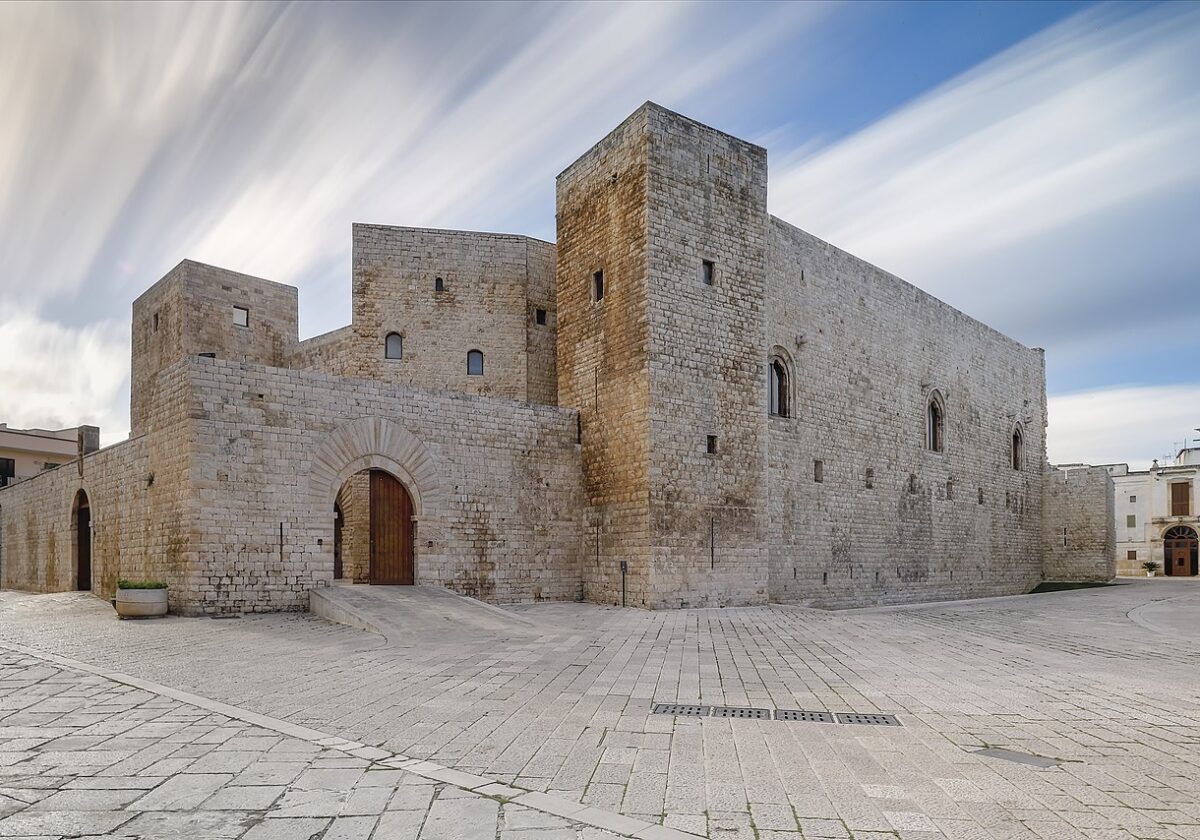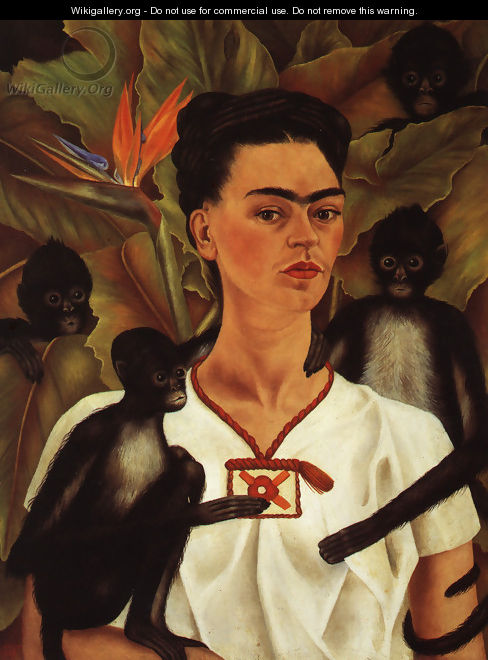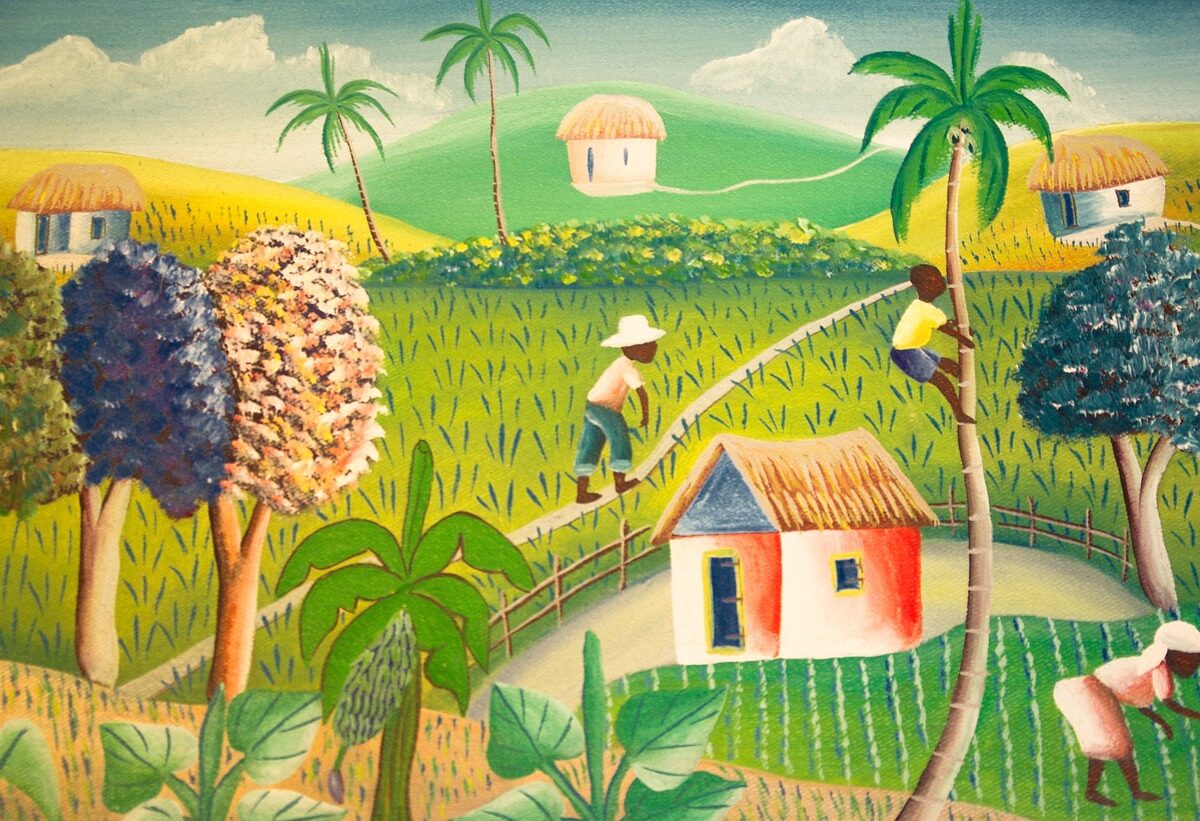Italy has grappa, Russia has vodka, Jamaica has rum. Around the world, certain drinks—especially those of the intoxicating kind—are synonymous with their peoples and cultures. For Mexico, this drink is tequila.
For many, tequila can conjure up scenes of body shots on Cancún bars and coolly garnished margaritas on sandy beaches. Its power is equally strong within Mexico, though there the drink is more often sipped rather than shot, enjoyed casually among friends, and used to commemorate occasions from the everyday to the sacred. Despite these competing images, tequila is universally regarded as an enduring symbol of lo mexicano.
¡Tequila! Distilling the Spirit of Mexico traces how and why tequila became and remains Mexico’s national drink and symbol. Starting in Mexico’s colonial era and tracing the drink’s rise through the present day, Marie Sarita Gaytán reveals the formative roles played by some unlikely characters.
Although the notorious Pancho Villa was a teetotaler, his image is now plastered across the labels of all manner of tequila producers—he’s even the namesake of a popular brand. Mexican films from the 1940s and 50s, especially Western melodramas, buoyed tequila’s popularity at home while World War II caused a spike in sales within the whisky-starved United States.
Today, cultural attractions such as Jose Cuervo’s Mundo Cuervo and the Tequila Express let visitors insert themselves into the Jaliscan countryside—now a UNESCO-protected World Heritage Site—and relish in the nostalgia of pre-industrial Mexico.
Our understanding of tequila as Mexico’s spirit is not the result of some natural affinity but rather the cumulative effect of U.S.-Mexican relations, technology, regulation, the heritage and tourism industries, shifting gender roles, film, music, and literature. Like all stories about national symbols, the rise of tequila forms a complicated, unexpected, and poignant tale.
By unraveling its inner workings, Gaytán encourages us to think critically about national symbols more generally, and the ways in which they both reveal and conceal to tell a story about a place, a culture, and a people. In many ways, the story of tequila is the story of Mexico.
Marie Sarita Gaytán is Assistant Professor of Sociology and Gender Studies at the University of Utah.










Nevertheless, with regard to going to night periods, it is advisable to possess a little dimension tote because they work with regard to this kind of events, that need keeping little property for example telephone, cash, top high gloss along with other important products. chanel replica If you're taking into consideration the colour from the tote, it will enhance the actual clothing you're putting on. prada replica Whenever putting on a good colour gown, choose a tote within different colour. With regard to directly coloured gowns, purses within precious metal, metallic as well as dark, co-ordinate completely using the clothing. cartier replica sale Nevertheless, if you're seeking to put on the vibrant gown, based upon the look, you are able to select a tote which fits using the bottom colour from the gown. fake watches uk As well as the colour, the actual consistency from the gown additionally warrants interest. chanel replica Selecting a tote which matches the actual consistency from the dress is really a sensible method to accomplish trendsetting style theory. For instance, transporting the leather-based purse having a 100 % cotton gown appeases the actual target audience.
The studies support this as well gucci replica. Laughter truly is the best medicine, providing a boost to the immune system andcardiovascular system, replica louis vuitton and zapping stress. Laughter has been shown to improve the specific cells of the immune system involved in battling bugs and cancer louis vuitton replica. There is also a relaxation of the blood vessels that occurs with laughter that can help to dior replica lower blood pressure. An added benefit iwc replica? Laughter, including fake laughter, has been shown to burn calories similar to some forms ubout replica of cardiovascular exercise.
As early as before the invention of omega replica the 20th century "knowledge economy" the term, a named Moritz Grossman rich watchmaker insight recognized, professional knowledge in the industry he knew best, plays a fundamental role. As a master watchmaker Grossman for this industry in glashutte creating contribution strength and witnessed the Saxon town of transition to the history of German watchmaking industry center. Thanks to his efforts, the first school in Germany was founded in May 1, 1878. The German lasu School of hublot replica watchmaking has been operating for more than 115 years. During the period of rapid growth, it has promoted the continuous development of the industry, while in the more difficult period, to dior replica help them survive. From the beginning to the end, there is a fact that never changes: tab in the past is a knowledge for the industry, now still; the watchmaker's professional knowledge, experience and rare craft skills value far exceeds the other all factors of rolex replica production. Just like in the past, today, only the young master of choice and systematic training, in order to make the industry's future depends on the protection of the knowledge.